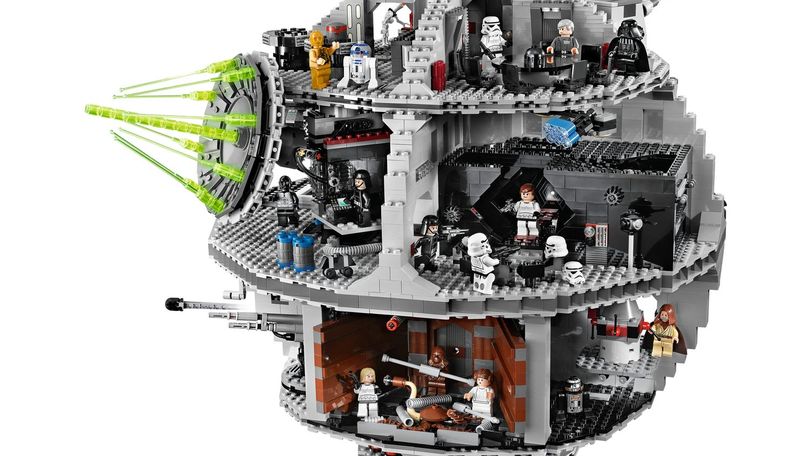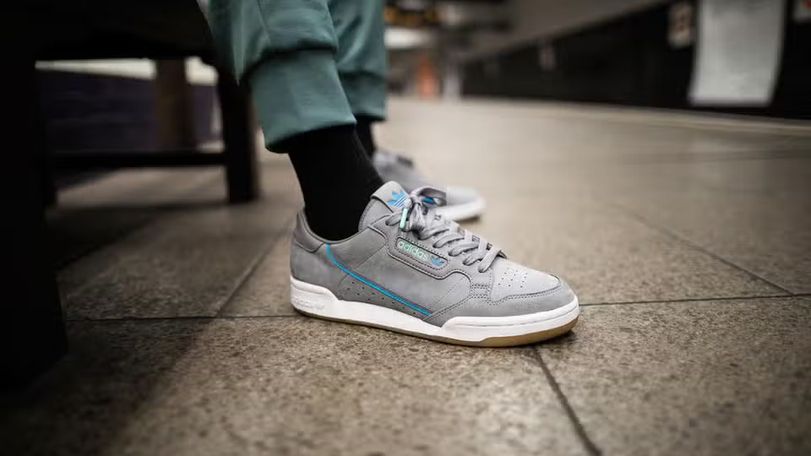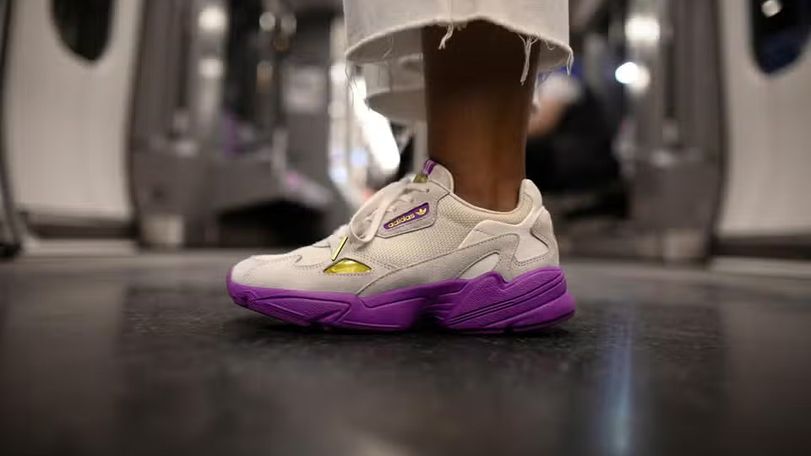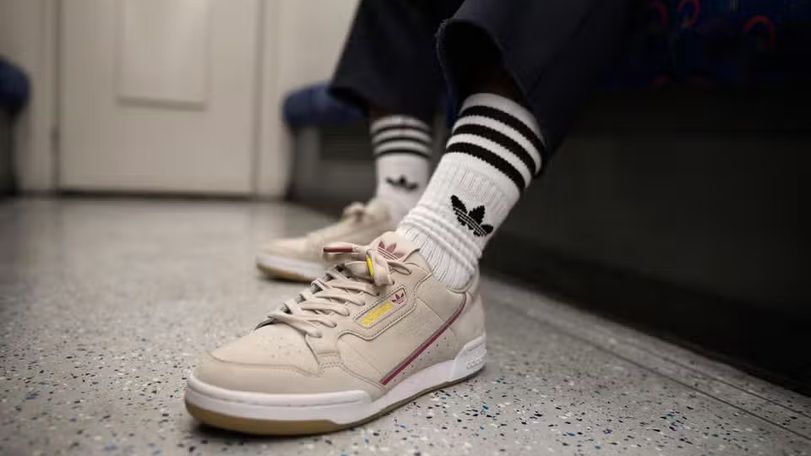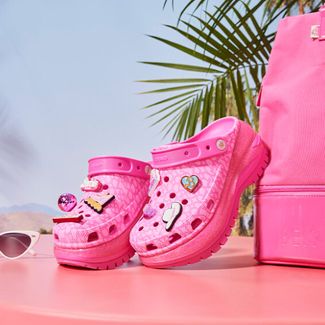
From Barbie Dreamhouses to Lego Star Wars: Unleashing the Power of Brand Partnerships
The Barbie movie has set a new benchmark in brand licensing, but we ask strategists what other brand partnerships hit the spot
20 July 2023
In the run up to the highly anticipated Barbie movie this week, fans have been treated to a plethora of Barbie-related content from Airbnb's Barbie Dreamhouses to AI filters running wild across TikTok and Reels. Brands are embracing partnerships and pretty soon we’ll be living in a Barbie world with the likes of Crocs, Bumble and Xbox.
Mattel is reported to have signed licensing deals with more than 100 brands including Gap, Primark, Inkberry frozen yoghurt, NYX cosmetics and even glassware, roller skates and candle brands. However, while Barbie is breaking out of the world of toys and painting all other kinds of products bubblegum pink, who else is using brand licensing partnerships effectively?
From Disney+ and Uber Eats opening up the Ant-Man sized Quantum Cafe, to Duolingo and HBO Max launching a High Valyrian course to help fans of Game of Thrones learn the fictional language - there have been some great examples of innovative brand partnerships in the past year alone. We ask strategists about their favourite brand partnerships and what made them so effective.
Mark Boyd, co-founder, Gravity Road
When asked to select a top track by occasion I always struggle. It’s not how my head works. So I‘m finding this a struggle too. Perhaps it’s the tsunami of pink marketing I’m seeing everywhere. Barbie has set the bar very high for noisy culture hacking.
A trend we’re seeing a lot with younger audiences is the desire to experience new events in mixed reality. See it virtually, socially and physically means it is a thing. Sticking with the film theme, the partnership that had some of this vibe was the Grand Budapest Hotel film launch and the hotel reviews in Tripadvsior. There was official content there, reviews from characters in the film, and so much other good stuff.
It allowed fans to suspend disbelief and to participate in the story. It encouraged fan fiction as audiences added their own reviews as if set in the film. Reality and fiction blurred brilliantly and foresaw the growth in UGC and meme potential around the Wes [Anderson, the film's director] brand that AI is just accelerating.
Asad Shaykh, head of strategy, Grey
For me, the ultimate brand partnership must be Lego x Star Wars. Not only did it help make Lego a £6bn company, but it also single-handedly saved it from going bankrupt. Being a massive Lego nerd, let me tell you this story…
When the new millennium dawned, my favourite plastic bricks were losing out to the PlayStations. Lego was clamouring for relevance and desperately wanted to insert itself back into pop-culture. The solution? Star Wars. This was Lego’s very first partnership, and its force lasts to this day.
The strategic unlock was accessing AFOLs aka ‘Adult fans of Lego'. The overlap of people who grew up with Star Wars and Lego was massive, and activating it not only created cross-promotional opportunities but cross-generational appeal. It brought AFOLs and their kids together, multiplying the plastic pound, and it hasn’t stopped since then. From blockbuster films to amusement park rides, twenty years on this brand partnership has spawned everything known to man and marketing.
Moral of the story? Brand partnerships are so much more than temporary marketing hooks. With the right strategy, they can truly make everything awesome, for a very long time, in a galaxy not-so-far away.
Josh Bullmore, chief strategy officer, Leo Burnett
My vote goes to the simple but powerful partnership of food and fun in a McDonald’s Happy Meal.
The Happy Meal is now so familiar, such a part of so many childhoods, that you almost forget it’s built round a partnership. But McDonald’s was a pioneer in building entertainment properties into a kid's experience.
Launched in 1979 it was a game-changer in an eating-out market focussed on the adults who buy the food, rather than their kids. It gave frazzled parents everywhere a guaranteed crowd-pleaser, and offered kids that magical ‘unboxing’ moment, long before it was a mainstay of social media influencing.
The first ever partnership was with the original Star Trek movie, and movies have been a mainstay of the Happy Meal ever since, alongside a roll-call of toys that offer a snapshot of the crazes of every era, from Barbie to Baby Beanies.
It’s a partnership that has always moved with the times. Kids now choose between a toy (which no longer contains any plastic) and a book, making McDonald’s the UK’s largest children’s publisher. And the Happy Meal is increasingly a portal to an array of digital experiences.
The food has changed too, through continuous reformulation to remove HFSS, and ever more choice, from kids' wraps to fruit bags.
Often copied, but never bettered, the partnership of food and fun in a Happy Meal has made McDonald’s the world’s favourite family restaurant.
Mel Arrow, chief strategy officer, McCann
Brand partnerships are all about depth and breadth. They allow fans to go deeper and the brand to go wider, breaking out of its usual frames of reference, spaces and audiences. Doing it right means caring about the details. Anyone can take a logo and badge it onto something. Details create value, novelty and desire, and bring fans closer by making objects and experiences feel like extensions of worlds. It also means embracing unexpectedness and novelty. The more surprising, the more likely a brand partnership is to drive conversation and earn reach into new spaces that have the power to reframe, refresh and acquire new audiences.
The TFL x Adidas trainer collab deployed this model brilliantly. Tube platforms might be where London’s trainer obsession plays out daily, but the collab felt decidedly non-obvious. The trainers themselves could have felt like bad souvenirs if they hadn’t been crafted with real insider details (like an accompanying oyster card, pre-loaded to the value of the trainer) that made each pair feel like they not only belonged on the TFL network but were born directly from it. The result was a partnership that injected youth, modernity and play into an old, historical and authoritarian brand. Not to mention, overnight queues and the season’s hottest creps.
Tom Moore, head of commerce, VMLY&R London
Partnerships are powerful ways for brands to achieve a variety of objectives from opening up new distribution, categories and markets to engaging with new audiences.
Alternatively, the focus can be to borrow equity from one another to strengthen brand associations or even give new life to an ailing brand.
Two of my favourites:
Lego & Disney. One of the most traditional partnerships built on shared passion points around space and superheroes - from movie franchises Star Wars and Marvel to creating recognisable sets to play out the brilliant stories at home.
The franchise model is famed for turning around The Lego Brand’s fortunes, bringing it back to growth and propelling it forward. Disney has benefited hugely as the film franchise gets a new lease of life and attracts new younger audiences. Beyond product sales, the complementary content series is bringing the franchise to life through Lego products. This is a long running and enduring partnership that has delivered commercial sales and brand strength for both partners. Genius.
BrewDog & Aldi – Not a partnership in its truest sense, this started out as a social media spat after Aldi created an IPA beer closely resembling BrewDog’s packaging. BrewDog responded by dropping an ‘ALD IPA’ pack mock- up online. After some social wrangling, negative flipped to positive and BrewDog created ALD IPA. Not only did this social conversation deliver real earned media for both brands but the new line became a big seller for BrewDog in its own D2C business. Critically, Aldi stocked the craft in stores offering up new distribution. The online hype drove footfall to go and try it.
![Ep4L2OutroB_01[1] BOB RGB](https://img2.storyblok.com/811x456/f/102932/4243x2106/5813b49571/ep4l2outrob_01-1-bob-rgb.png)

